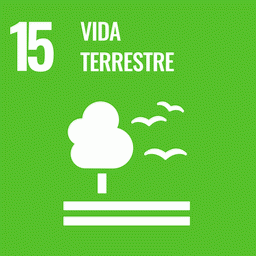Large-scale wildfires are expected to accelerate forest dieback in Amazônia, but the fire vulnerability of tree species remains uncertain, in part due to the lack of studies relating fire-induced mortality to both fire behavior and plant traits. To address this gap, we established two sets of experiments in southern Amazonia. First, we tested which bark traits best predict heat transfer rates (R) through bark during experimental bole heating. Second, using data from a large-scale fire experiment, we tested the effects of tree wood density (WD), size, and estimated R (inverse of cambium insulation) on tree mortality after one to five fires. In the first experiment, bark thickness explained 82% of the variance in R, while the presence of water in the bark reduced the difference in temperature between the heat source and the vascular cambium, perhaps because of high latent heat of vaporization. This novel finding provides an important insight for improving mechanistic models of fire-induced cambium damage from tropical to temperate regions.
In the second experiment, tree mortality increased with increasing fire intensity (i.e. as indicated by bark char height on tree boles), which was higher along the forest edge, during the 2007 drought, and when the fire return interval was 3 years instead of one. Contrary to other tropical studies, the relationship between mortality and fire intensity was strongest in the year following the fires, but continued for 3 years afterwards. Tree mortality was low (≤20%) for thick-barked individuals (≥18 mm) subjected to medium-intensity fires, and significantly decreased as a function of increasing tree diameter, height and wood density. Hence, fire-induced tree mortality was influenced not only by cambium insulation but also by other traits that reduce the indirect effects of fire. These results can be used to improve assessments of fire vulnerability of tropical forests.
